30+ basics every lifestyle block owner needs to know
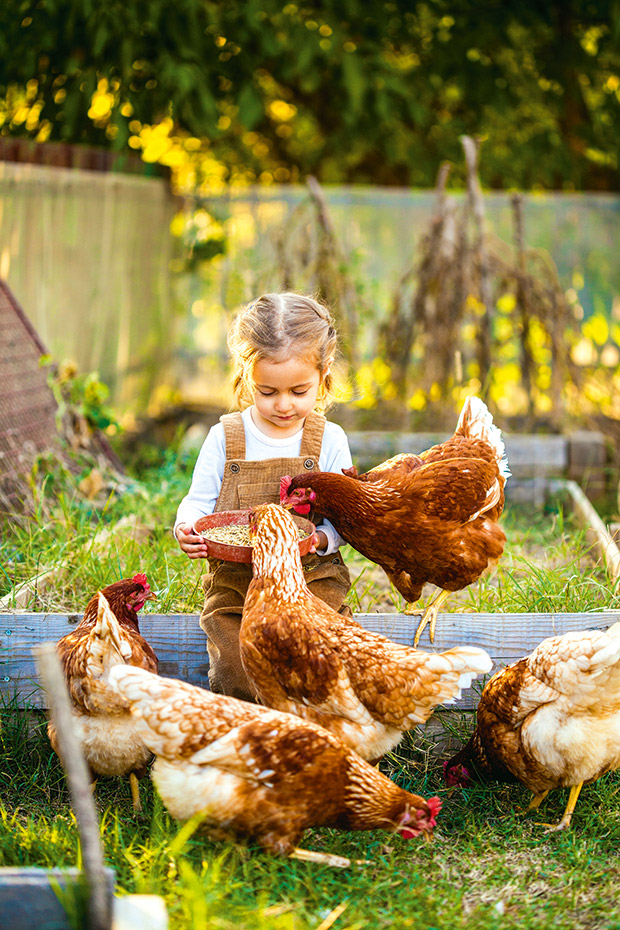
With the number of lifestyle block owners rising each year, many of them new to farming, it’s important to know where to find reputable advice and help.
Words: Jayne Cooper-Woodhouse, MPI Additional words: Nadene Hall
There has been a significant rise in the number of people moving onto lifestyle blocks in the last couple of years. It includes people coming back from overseas and city dwellers wanting more room and the benefits of rural life.
It means there are a lot of people new to owning livestock, and it can be challenging to understand their needs and care for them effectively. Ensuring they remain healthy costs money and time, and people need to plan accordingly, says Penny Timmer-Arends, senior animal welfare advisor for the Ministry for Primary Industries (MPI).
“Some may have some experience but lack the equipment or the time to consistently provide all the types of care required. Even if it’s only a few sheep, cattle, or alpacas, you really should have a stock health and care management plan. Shearing, drenching, and any treatments if an animal becomes ill – it all needs to be thought of in advance.”
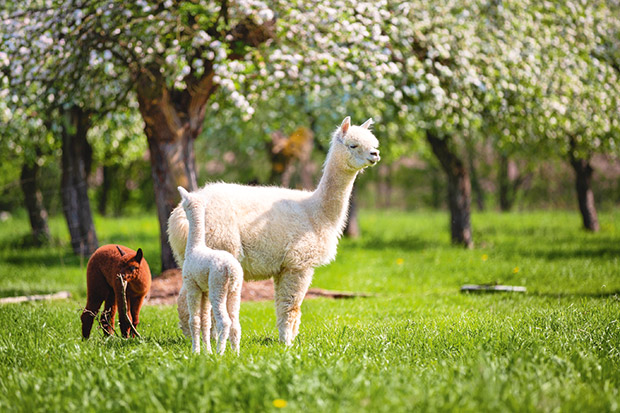
Overstocking is the most common animal welfare problem on lifestyle blocks. It’s crucial to understand the number of animals an area of land can sustain throughout the year and how it’s affected by climate conditions.
“Lifestyle block owners need to think about having the right number of animals, and things like harvesting (or buying) surplus feed in the spring and summer to store for dry periods or when there’s no grass growth,” says Penny. “Young stock have an increasing demand for feed as they grow, which may mean the land can’t support the original number of animals, particularly if grass growth slows during a dry summer and winter months.”
Penny’s tips:
• If you’re unsure of how many stock your block can support, talk to experienced farmers in the area or a farm consultant. It takes specialised knowledge to calculate pasture growth and match it to how much feed stock will need.
“Regional knowledge is really important as seasonal patterns and growth rates vary throughout the country.”
• There’s no national body for lifestyle block owners, but networks and resources are available for those looking for help or advice. Look for local Facebook groups – search ‘lifestyle block’ and you’ll find a wide range of local and nationwide groups.
“Forming local groups can help foster a community of lifestyle block owners that can help each other in many ways and reduce the cost of caring for animals. Collectively, members can have a huge amount of knowledge to share.
“Teaming up with neighbours so the cost of using a contractor to bale hay can be shared amongst several properties is just one example of how lifestyle block owners can save money and make their property easier and cheaper to manage.”
The basics of animal care
GENERAL DAILY FEED REQUIREMENTS
Older livestock need to eat 2% of their body weight each day in pasture, lucerne, or other dry matter (DM) just to maintain their current weight. Younger cattle and sheep need to eat 3% of their body weight for weight gain. One kilo of dry matter is one big black plastic rubbish bag stuffed full of fresh grass.
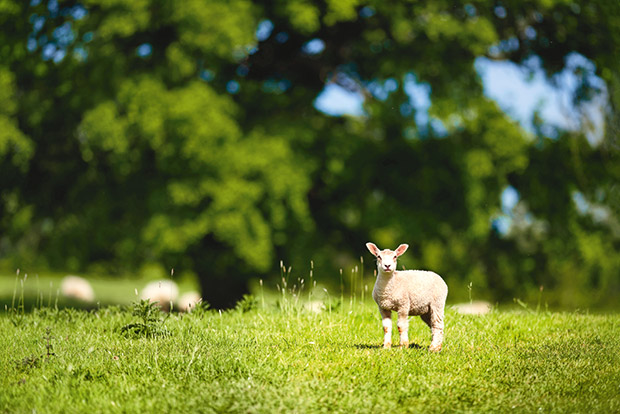
• A 50kg sheep (not feeding lambs, in good condition) needs 1kg of dry matter daily to maintain its weight.
• A 200kg steer in good condition needs 4kg.
The feed requirements for pregnant and lactating livestock are even higher, double or more. The more babies they’re feeding, the greater their need.
Resources:
There are free tools available to help you calculate feed demand for sheep and cattle.
• FeedSmart. Beef and Lamb NZ has developed a planning app for guidance on how to use its more advanced features.
• Feed Planning Service. This is a free service available to all livestock owners nationwide, including those on lifestyle blocks. Call 0800 FARMING or 0800 327 646 and follow the voice prompts.
EXTRA FEED FOR PREGNANT ANIMALS
Pregnant stock require extra feed to ensure they’re in good condition when they give birth. Beef & Lamb NZ research shows the body condition of ewes at lambing has a big impact on lamb weaning weights. Ewes with a higher Body Condition Score (BCS) give birth to heavier lambs, produce more milk, and wean heavier lambs with higher survival rates.
Resources:
• A Guide to Feed Planning for Sheep Farmers
• A Guide to New Zealand Cattle Farming
DAILY WATER REQUIREMENTS FOR ANIMALS
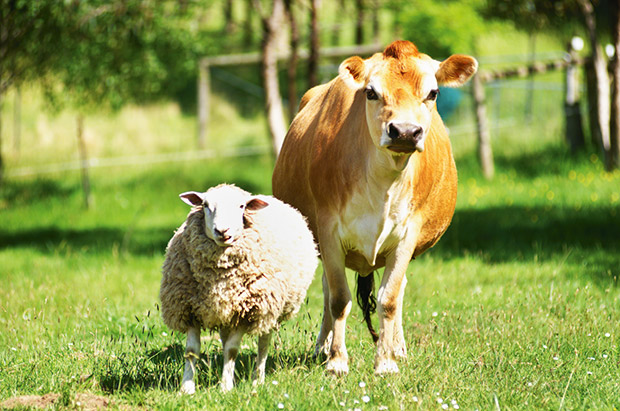
There are many factors to consider when calculating water requirements for stock. Daily drinking water for adult livestock:
• 12 chickens – 6 litres (winter) – 12 litres (summer);
• 1 pig –11-12 litres; lactating sows 45 litres.
• 1 sheep or goat – adults 3-4 litres; lactating ewe/doe 12-20 litres depending on milk production.
• 1 cow, heifer, bull, steer – 45 litres; lactating cow 70-150 litres per day depending on milk production.
• 1 horse – adult (500kg) 22-35L.
Nb: water consumption can be much higher in summer and due to diseases.
EMERGENCY PLANNING
If there’s a flood, fire, or earthquake, you’re still responsible for stock on your block. It’s important to know how to keep them calm, to have an evacuation plan (that you’ve practiced), emergency feed, water supplies, and first aid kits.
Resources:
• Animals in emergencie, MPI
• How to look after animals in an emergency
WHEN TO GET A VET
The signs of a sick animal can be subtle. It may be sitting down or staying in the shade more than its paddock mates, or it may separate itself from others in its flock or herd. Check animals every day, so you know their ‘normal’. It makes it much easier to spot something abnormal – that’s the time to call the vet for advice.
The longer you wait before seeking veterinary advice, the higher the cost and/or the worse the prognosis. It’s also not acceptable to wait and hope it will be ok – an owner has a responsibility to ensure an animal isn’t suffering.
Resources:
Call local vet clinics. Rural clinics, and those close to rural areas, will have specialist farm vets or will refer you to a clinic that does. Another option is to search the Veterinary Council register: vetcouncil.org.nz – click on the menu option ‘Find a Vet’ and choose either ‘Find a Vet’ or ‘Find a Practice’.
WHY CATTLE MUST BE TAGGED & IN THE NAIT SYSTEM
Anyone who owns cattle (or deer), even one animal, must be registered with NAIT, the National Animal Identification and Tracing scheme; and TBFree, the stock control system which aims to eradicate tuberculosis (TB) in NZ; NAIT registration is done online. However, you must complete a form to be part of TBfree. Click here for ‘TBFree herd register form‘ or call free 0800 482 463.
5 THINGS YOU NEED TO DO BEFORE BUYING CATTLE
1. Register with NAIT and TBfree before you purchase stock – even if you’ll only have one animal – and include the location/s animals will be kept. Fines for not complying with NAIT regulations range from $400-$800.
2. Register and tag all your stock in NAIT within 180 days of birth or before their first off-farm movement, whichever comes first.
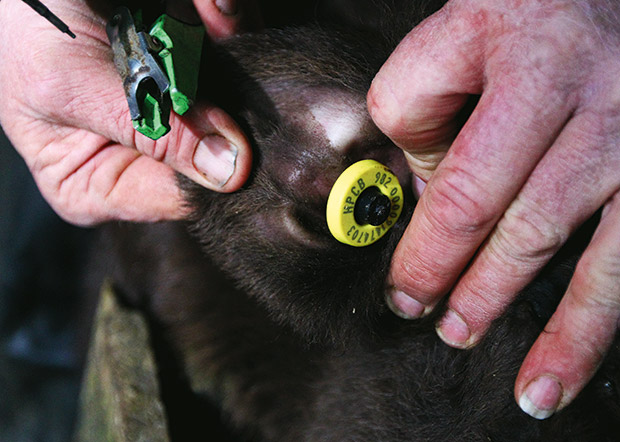
This is a NAIT RFID (radio frequency identification) tag. It stores information on a microchip inside the tag and can only be read using a special electronic RFID scanner.
3. Record any animal movements to or from your location in NAIT within 48 hours.
4. Keep your contact details and animal information updated. This includes recording all on-farm deaths and home kills.
5. A seller will require your NAIT number, and it’s a good idea to note the seller’s NAIT number. A seller will also provide you with an ASD form (Animal Status Declaration) which shows their herd’s TB history.
Resources:
Both NAIT and TBfree are free national services managed by OSPRI. OSPRI is a not-for-profit limited company, a partnership between primary industries and the government, managing NAIT and TBfree.
Top three tips for lifestyle block owners
1. Always have a back-up plan
Even if you’re confident about your stocking rate, always have a back-up feed supply in case of prolonged dry or wet conditions. Budget funds each year, buy feed well in advance (when it will tend to be cheaper), and have an emergency fund in case you need to buy extra.
Supplements can include:
•hay;
•silage;
•baleage;
•hard feed such as grain-based products.
2. Act early
If you’re concerned about stock numbers, it’s always best to cull or sell stock at a certain tipping point, well before things get bad either in terms of feed, loss of animal condition and/or health, and financially.
The best time to act is spring, when you’ll know future climate forecasts. It’s also when people who do have enough feed are often looking for extra stock.
3. Create a calendar
Use a calendar or diary to note what you’ve done, and to remind yourself of upcoming jobs. There’s a lot to remember, including:
• drenching for internal parasites;
• vaccinations;
• regular hoof trimming (horses, donkeys, goats);
• shearing and dag removal (crutching) twice a year;
• de-horning.
The top problems vets see on blocks
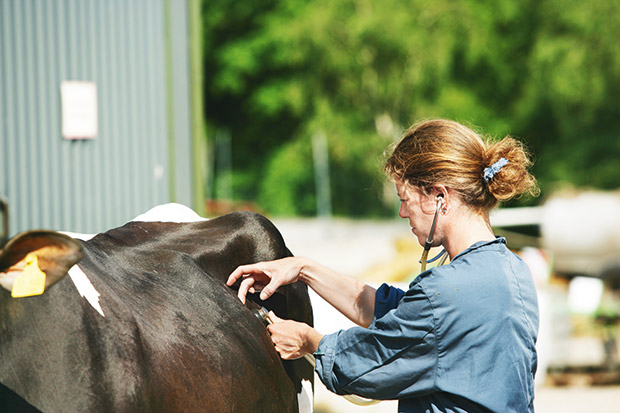
In a survey in 2016, 83% of the 199 vets who replied say they saw 5+ lifestyle block clients a month. The top four species of animals routinely treated on lifestyle farms were:
• sheep (90.3%);
• cattle (77.6%);
• goats (60%);
• horses (48%).
The most common animal welfare issues veterinarians reported seeing on blocks related to:
• poor nutrition (under or over-feeding, inappropriate feeding, lack of supplements);
• parasites;
• lameness;
• flystrike;
• general issues caused by poor animal husbandry, eg not shearing, trimming hooves;
• failure to recognise animal health and welfare problems.
Veterinarians also reported the most common barriers lifestyle block farmers face, which result in animal welfare issues, are:
• lack of knowledge about general animal health and husbandry;
• lack of knowledge about general farming practices;
• lack of facilities;
• absence from the property.
This article was originally published in the Aug 2021 issue of NZ Lifestyle Block.
MORE HERE
Love this story? Subscribe now!
 This article first appeared in NZ Lifestyle Block Magazine.
This article first appeared in NZ Lifestyle Block Magazine.

